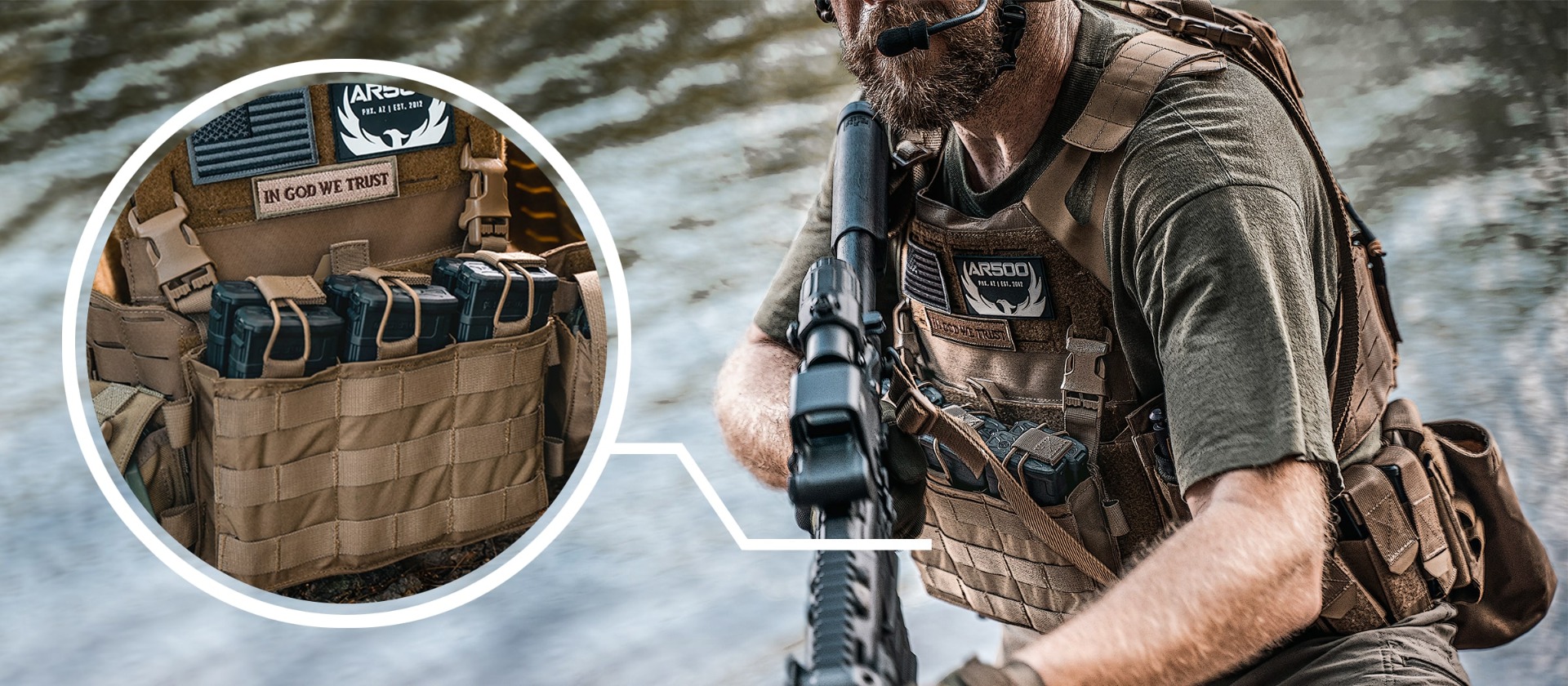What is a Chest Rig?

A chest rig is a tactical garment with pouches worn against the body, usually with a harness retention system. It allows you to hold extra gear and spare magazines without using personal pocket space. Chest rigs predate plate carrier and armor usage, and their origins go back hundreds of years in the form of bandoleers and shot pouches.
What Are the Benefits of Using a Chest Rig?
There can be several benefits to using the modern chest rig. Chest rigs can be outfitted in a multitude of loadouts and can be a low-cost alternative to having several plate carrier configurations. Let's talk about some of their benefits below:
- Lightweight: Since a chest rig only covers the pouches you would use on the front side of a plate carrier, you are saving the weight from having to use the rest of that system. This can be beneficial in situations where you want to scale back armor because it is not needed. That may include but not be limited to hunting, long-term prone-observational periods, high-altitude operations, rucking, or just on-the-range target shooting. You can rest assured, you have most of the gear you need without all the excess weight or bulk of a plate carrier with armor.
- Plate carrier compatibility: The benefits here are really two-fold, in that a chest rig has the ability to not only mount to MOLLE-clad plate carriers but also to slick carriers that do not have MOLLE webbing (such as our Concealment Plate Carrier). This means chest rigs have a higher compatibility level with plate carriers than most MOLLE-mounted pouches do.
- Scalable loadouts: In addition to widespread compatibility with different plate carrier types, having multiple chest rigs configured for mission-specific tasks only adds to your ability to be adaptable in the battle space with as little gear as possible. For example, you could have a medic-centric chest rig on standby if you needed to fill that role temporarily and an assaulter or grenadier-type rig to be swapped to once you are relieved of your temporary duties. The ability to quickly change loadouts on the fly is only limited by the amount of preconfigured rigs you have at your disposal.
Plate Carrier Use; Pouch Or Chest Rig?
There can possibly be a few considerations to keep in mind when assessing your specific needs. In this section, we are discussing thoughts on armor-free plate carrier usage as a substitute, and a few chest rig interface considerations for plate carrier usage:
- Decreased MOLLE surface area: A plate carrier with pouches configured, and with armor removed (for lighter weight), may be a better mounting platform for certain setups due to the increased molle surfaces. For example, a plate carrier will allow you to incorporate backside hydration carrier usage and cummerbund MOLLE real estate.
- Pouches: The pouches that are found permanently affixed on most commercial chest rigs can often be purchased individually and mounted using MOLLE, possibly at a lower cost than the totality of a preconfigured chest rig.
- Pouch size: It may be that you need a specific pouch or series of pouches, for your mission needs, and no commercially available chest rig has that pouch type available. For example, while most chest rigs will house 5.56x45 and 7.62x39 magazines, .308 magazines will typically not fit.
- You may not need a scalable carrier system with multiple loadouts: Your armor and carrier may be configured for home defense or vehicle employment and do not need the ability to be more modular than what your limited uses will be for it.
How Do You Employ a Chest Rig?
We have discussed the modularity of a chest rig along with some of the benefits and considerations when selecting one. Now let's discuss some employment and mounting options:
Independent usage: Using a chest rig is as simple as putting on a backpack, but done in the opposite direction. Simply put your arms through the two harness loops, and secure any waist-level securement points (ensuring these are open first). Once the rig is on your body, you will need to take note of where the placard (the main area of the rig, or the magazine pouch area) is on your torso. Depending on your personal preferences, you may need to adjust the H-harness so that the placard sits high or low enough on your torso. Keep in mind that, unlike a plate carrier, you can adjust your chest rig so that it is either high up on your chest or low down in your abdominal area.
Slick carrier usage: Using a chest rig with a plate carrier that does not have MOLLE is simple. So simple, all you have to do is put your plate carrier or vest on first, then repeat the steps above. Once your rig is adjusted to your dimensions with your armor on, it is ready to go.
MOLLE carrier usage: Mounting a chest rig to a MOLLE carrier can require a few steps, but once configured, could be worth the extra trouble. Here are the steps:
-
- Determine if your carrier has sections of vertical MOLLE webbing: These specific sections will be pectoral level on your carrier and usually will be the outermost two sections to the left and right of your carrier. You will notice them from the rest of the webbing because they will be the only sections of MOLLE that are sewn in differently. If your carrier has these then proceed to step 2. If your carrier does not have these sections; you will need to either wear the included harness over your MOLLE carrier (as described in the Slick Carrier Usage bullet-point above) or acquire an adapter such as the one seen here.
- Unlatch the harness: This includes two vertical and four horizontal clips. Once these clips are disconnected you should separate the rig on one side and the H-harness with a waist strap on another. Next, we need to finish configuring the harness.
- Remove two clips from the included H-harness: It does not matter which two you pick as long as they are both female-style clips. To remove these, pull the slack in the strap from the buckle slot to reveal a split in the bar of the clip underneath (the strap). Once this split is located, compress and finagle the strap so that half the strap slips under the split (using a set of needle nose pliers or a flathead screwdriver can be helpful here). Next, pull the strap in the opposite direction from how it was just fed through the split. This will allow you to remove the buckle in a side-step motion which prevents you from having to worry about stitching that would otherwise not feed through the buckle slot. Keep the remainder of the harness handy: Depending on how you configure the chest rig, you may need two more buckles for lateral securement (more on this below.)
- Attach the clips to your plate carrier: Once you have removed the clips in the step above, they will need to be installed to your plate carrier (provided you are not using the adapter in the link as that already has the buckles on it if so, install the adapter unit at this time). The clips will need to be installed at the pectoral level vertical sections of MOLLE. Once the clips are mounted to your carrier using the split bar mounting point, the chest rig can be vertically snapped into place on your plate carrier.
- Determine if you will be using the MOLLE wing extensions: Most find removing the MOLLE wings beneficial when employing on a carrier since they get in the way of the cummerbund. However, this is a matter of operator preference. Also, keep in mind that using them requires you to rig two additional swift clips on the rear portions of the cummerbund (one on the right side, the other on the left) so the MOLLE wings can lock down in place (see step 6a). Determine lower chest rig securement, to prevent lateral sway: Securement will vary depending on if you are using the wing extensions or removing them. If you are using the extensions, follow step 6a below. If you are not using the MOLLE extensions, follow step 6b.
- If you are using the wing extensions, you will need to reposition two more female clips from your H-harness. These clips will be remounted from your H-harness to the corresponding locations on your cummerbund. Once the clips are mounted on the rear portions of your cummerbund’s MOLLE webbing, the wing extensions with the male positions of the clip will simply snap into the female receptacles you just mounted to your cummerbund. This positions the four clips from your harness to the same four spots they would be at if you were to place it directly over your carrier.
- If you have a plate carrier with a removable cummerbund flap, such as the Invictus, or have a carrier with velcro on the MOLLE webbing over the cummerbund flap area, such as the Testudo Gen II, simply remove the hook backer and two MOLLE wing extensions on the chest rig and interface the remainder of the rig into the loop material in the cummerbund flap area after your cummerbund is resecured. There is no need to install side clips unless you want extra retention. However, the velcro securement and pectoral level buckles are sufficient to keep your gear retained.
Conclusion
For a way to minimize your gear weight at a moment’s notice and maximize battlefield versatility with scalable loadouts, the chest rig is an indispensable asset. Additionally, hunters, snipers, and others who use weapons apart from body armor will find great utility in the chest rig’s lightweight gear-housing capabilities.
